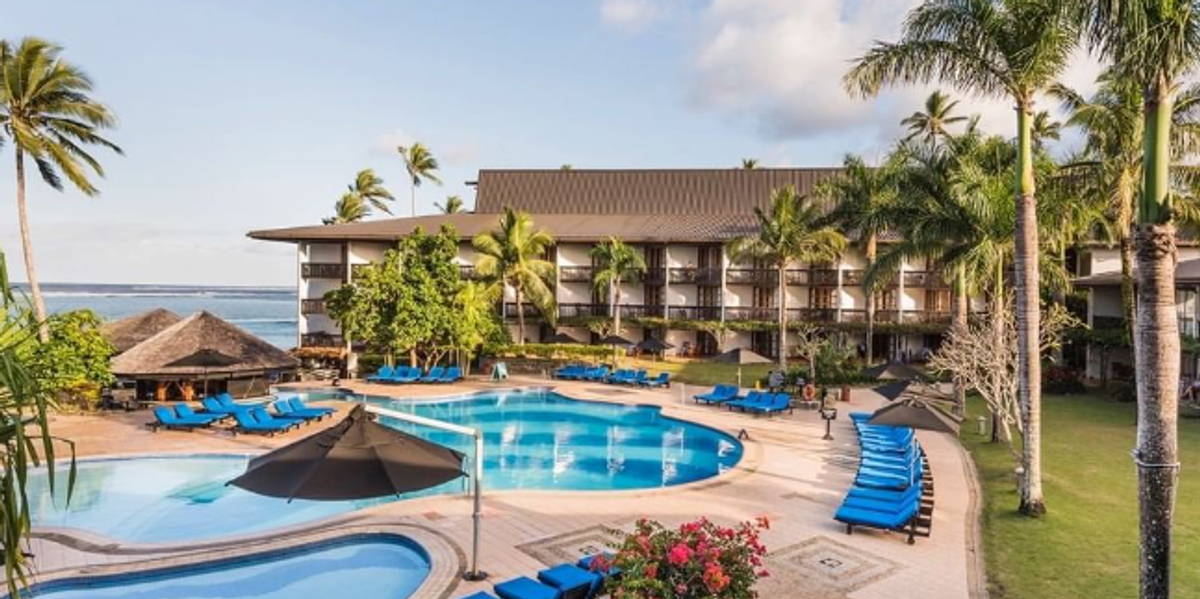Durians grown in China could be missing or extremely low in some key nutrients, according to a study into the nutritional profile of the tropical fruit taking root in Hainan.
In the first study of its kind, scientists found that, compared with durians grown in Southeast Asia, the Chinese-grown fruit displayed a surprisingly different nutritional profile.
For example, Monthong, or golden pillow, durian grown in China did not contain the antioxidant quercetin at all, while its Thai counterpart contained huge amounts, researchers at the Hainan Academy of Agricultural Sciences found.
In fact, the only Hainan durian variety that was found to have quercetin was the long-stemmed Kan Yao, but it was at a level 520 times lower than the same variety grown overseas and 540,000 times lower than the levels in the Thai Monthong.
As for gallic acid, a compound with antioxidant, anti-inflammatory and anticancer properties, the team said it was not detected in Kan Yao, a result that was consistent with previous studies. But its levels in Monthong were “significantly lower than the levels previously reported”.
A 2008 study of Thai durians reported 2,072 micrograms of gallic acid per 100 grams in Monthong, 906 times higher than the 22.85 nanograms per gram of the Chinese-grown fruit.

 By South China Morning Post | Created at 2024-12-22 02:22:55 | Updated at 2024-12-22 08:24:29
6 hours ago
By South China Morning Post | Created at 2024-12-22 02:22:55 | Updated at 2024-12-22 08:24:29
6 hours ago








